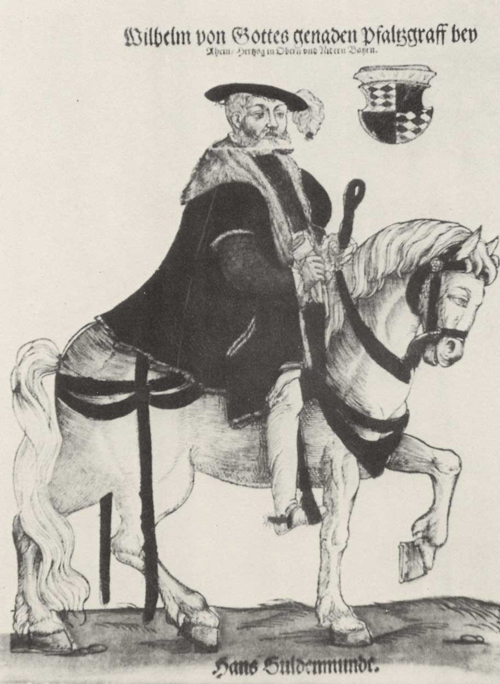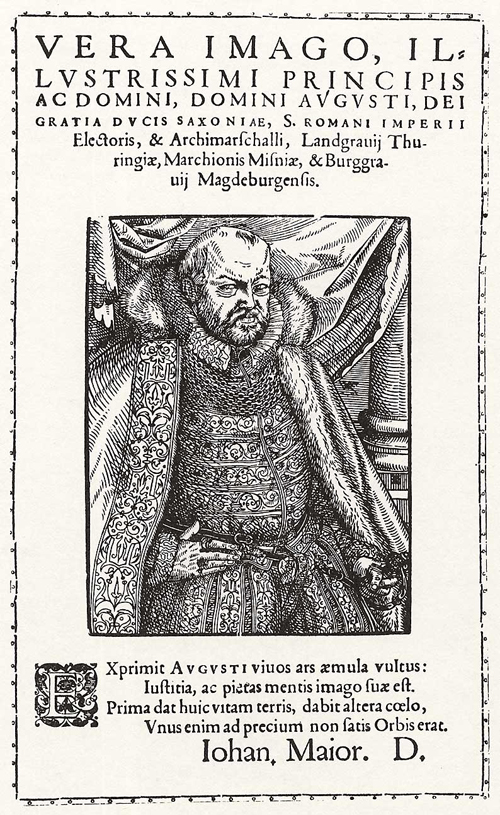













INTRODUCTION | DOCUMENTS | IMAGES | MAPS | EDITOR
|
Images - Part II: Section B – Territories
|
||||||||||||||||||||||||||||||
 return to chapter list
return to chapter list
.jpg)





